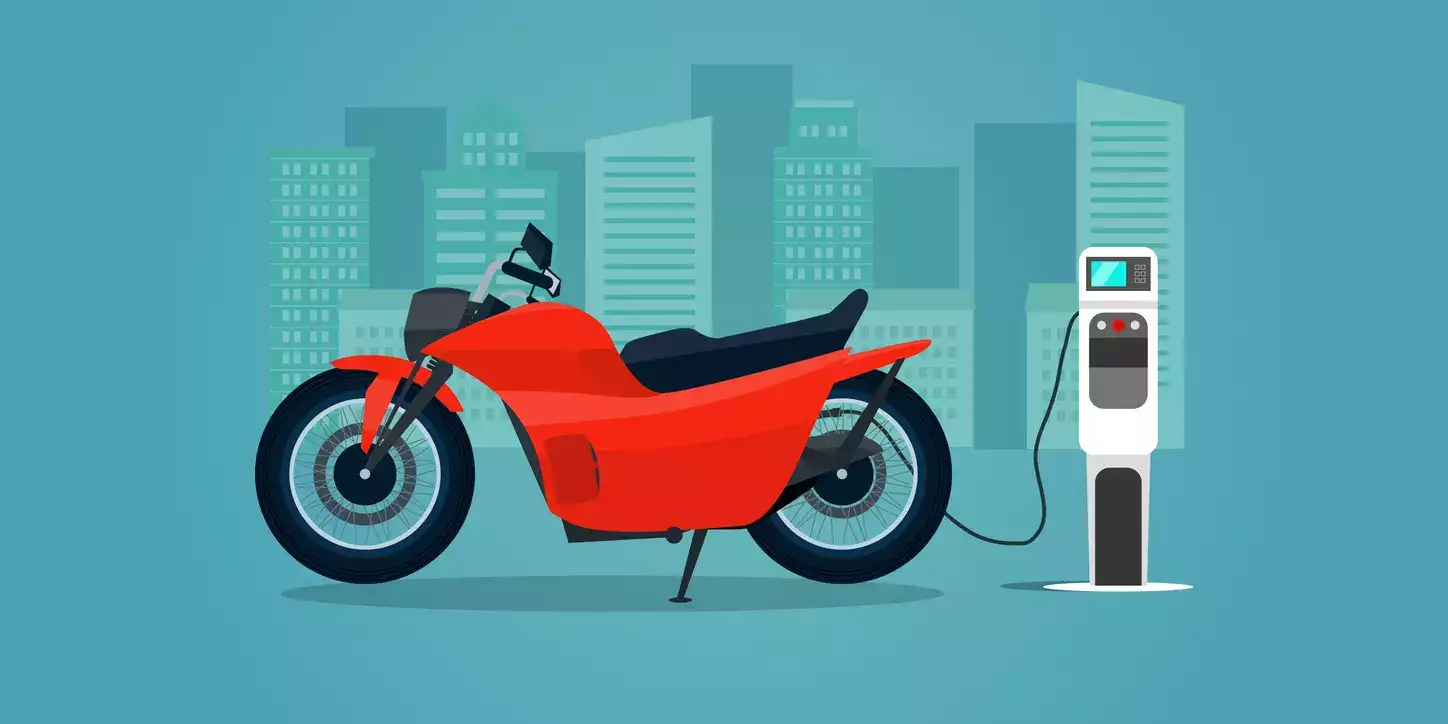How subsidies will make EVs more accessible, contributing to a broader shift toward green transportation

The PM E-Drive scheme is at the forefront of this movement, providing essential support that makes two-wheeler EVs more affordable for gig workers, delivery fleets, and individuals. With India's EV market projected to reach USD 14.8 billion by 2025, this scheme is helping unlock opportunities for widespread adoption. One of the biggest obstacles to EV adoption has always been the high upfront cost. While two-wheelers are generally more affordable, EV versions can be costly. The PM E-Drive scheme directly tackles this barrier by offering a INR 10,000 subsidy for electric two-wheelers, which significantly lowers the initial purchase cost for gig economy workers and businesses. This subsidy is crucial for delivery riders who are looking to cut operational expenses, as two-wheelers continue to be the mainstay of India's delivery sector.
With the PM E-Drive subsidy, switching to electric can reduce monthly fuel costs by 50-60% and save riders INR 15,000- INR 20,000 annually on fuel and maintenance. For gig workers, two-wheeler EVs are proving to be game-changers. Rising fuel prices, which have increased by over 30% in the last five years, make petrol and diesel two-wheelers less affordable to operate. In contrast, EVs offer immediate savings on fuel, allowing riders to earn more from each delivery. Studies show that using electric two-wheelers can boost monthly earnings by INR 6,000- 7000 for riders, empowering them to stay competitive in the gig economy without the burden of high fuel expenses.
India’s rapid shift to two-wheeler EVs is also crucial for tackling pollution in urban areas. With cities like Bengaluru and Delhi facing critical pollution levels, the adoption of two-wheeler EVs contributes directly to improving air quality. According to ICCT, replacing 1,000 petrol-powered two-wheelers with EVs can reduce 1,500 metric tonnes of CO2 annually. This helps cities breathe easier and aligns with India’s larger goal of reducing emissions by 33-35% by 2030.
With the rise of two-wheeler EVs, charging infrastructure is expanding rapidly. Private companies and government agencies are installing dedicated two-wheeler charging stations in urban hotspots, making EV ownership practical and convenient. In cities like Delhi, the number of two-wheeler-friendly charging points has increased by 200% in just the past year. This growth in infrastructure supports the continued adoption of electric two-wheelers, ensuring riders have easy access to charging, no matter where they are. India’s two-wheeler EV journey is on par with global leaders who have successfully scaled electric adoption. While countries like Norway have focused on electric cars, India's emphasis on two-wheelers fits the needs of its population. As India aims for 30% EV adoption by 2030, two-wheeler EVs are leading the way, supported by government incentives and a strong focus on sustainability.
The electric two-wheeler revolution in India is here, powered by the PM E-Drive scheme and supported by state-specific incentives. These subsidies are breaking down financial barriers, making two-wheeler EVs more accessible to gig workers, delivery riders, and individuals. By embracing electric two-wheelers, businesses and individuals are not only cutting costs but also contributing to cleaner, healthier cities.
With each electric two-wheeler hitting the road, India moves closer to a sustainable future. The government’s continued support through subsidies like PM E-Drive is putting India’s electric journey in high gear, creating economic benefits and environmental impacts that will shape the nation’s mobility landscape for years to come.

